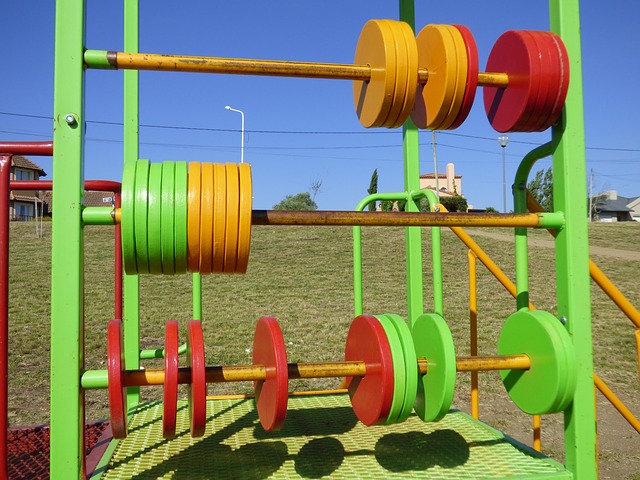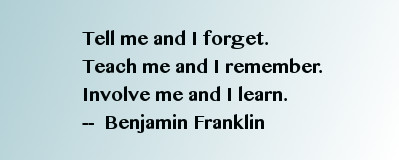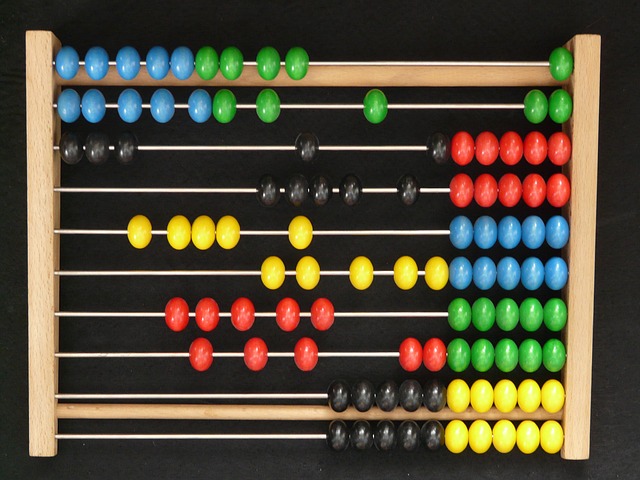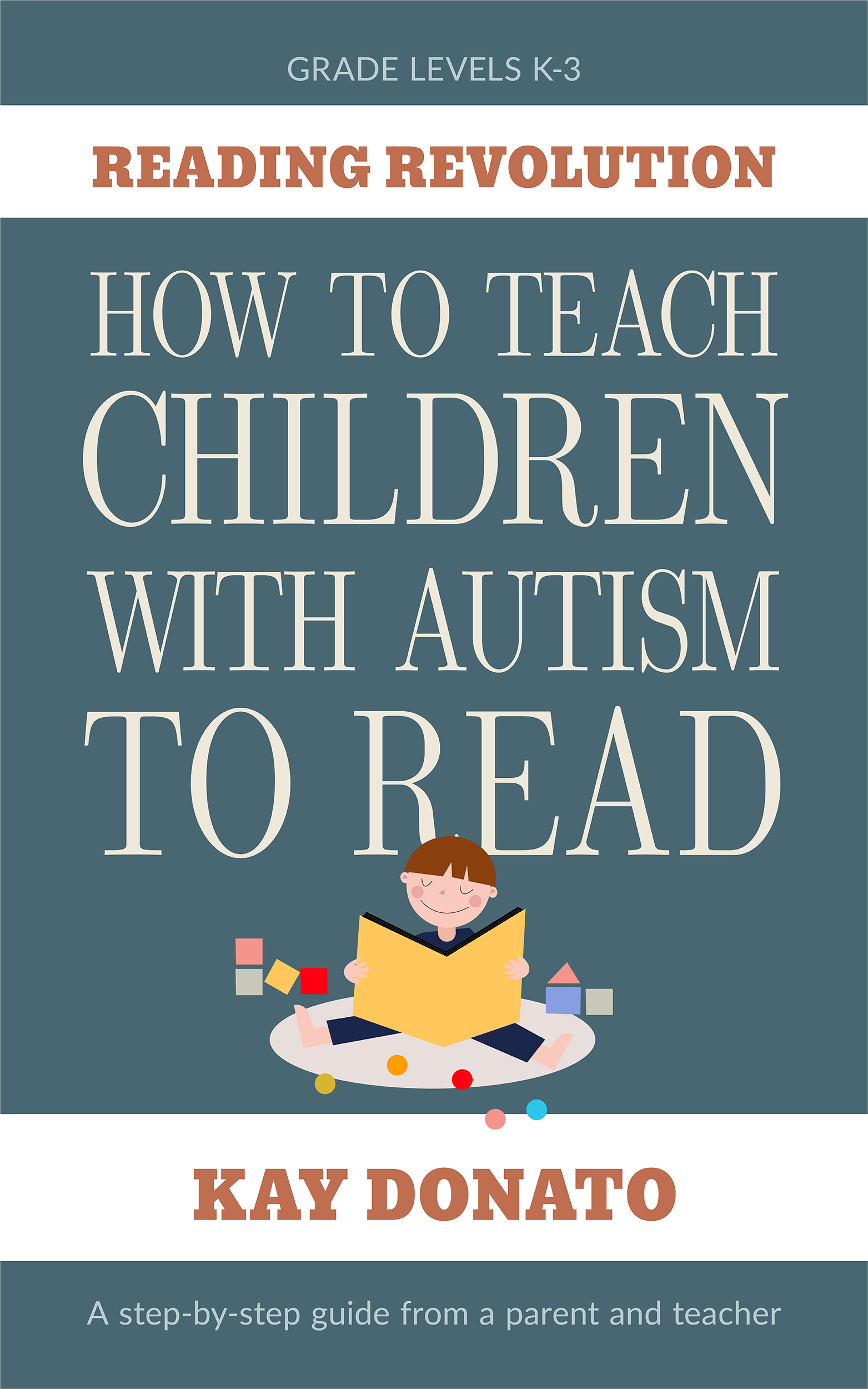Using an Abacus
An abacus is a great tool for making math real for your child. Here I will give you some suggestions on how to use it effectively.
If you've seen my article on learning math, you’ll remember that this subject is full of concepts that may be hard for our children to grasp. That’s why it’s important to use real life examples that they can touch, see and feel.
For example, the written numeral 5 is really just a symbol. We need to show them what the numeral stands for. These concepts are obvious to you and me, but they may not be so obvious to our children.
The abacus helps them see what these symbolic concepts mean.
The most obvious concepts to start with are numbers and counting.
 A clever way to incorporate math learning during recess time...
A clever way to incorporate math learning during recess time...Numbers and Counting

I used this useful tool a lot when my son was learning to count. Our abacus had 100 beads on it, and with it, he learned to count to 100.
It’s a lot less overwhelming if at first you teach them to count to 10 until they can count that far on their own, then to 20, etc. In this way, you can work your way to 100.
If your child doesn’t speak, I recommend that you simply model counting. Take it slowly as you would do for the verbal child. Model counting from 1 to 10 for a while, then from 1 to 20, and so on.
I also recommend counting other objects as well to help your child generalize this skill (apply it to new situations).
Math Facts
I was concerned that my son would have no idea what I was talking about when I showed him equations such as 2 + 4 = 6, even if he was able to memorize them. So we spent a lot of time using the abacus.
Here's how we used the abacus to learn addition equations:
- Help them or direct them to write the equation down.
- Read the equation together. If they are highly distractible, you can take them by the hand and help them point to each number or symbol as you read. This will help them keep their eyes on the task at hand.
- Model the equation--count out 2 beads plus 4 beads.
- Then count out all 6 beads.
- Finally, read the equation again.
You can, of course, use this tool to model subtraction, multiplication and division equations as well.
As with counting, it’s a good idea to model some of these equations using other objects as well to help them generalize this skill.
The Kind of Abacus We Use

I prefer the kind with ten rows, each with ten beads. This should get them thinking about numbers in groups of 10: 1 through 10, 11 through 20, 21 through 30, and on up to 100. It’s also useful for learning to count by 10’s.
If you can’t find one in a store, you can always find an inexpensive one on Amazon.
Or you can check out this nifty online abacus that's fun to use and also helps you learn how to use one. But in my opinion, a real abacus they can see and touch would work best for most children with autism.
This instrument is a truly valuable tool for teaching math. But be sure to use other techniques as well. To help your child learn more effectively, use various methods to present these concepts in different ways.

New! Comments
Have your say about what you just read! Leave me a comment in the box below.